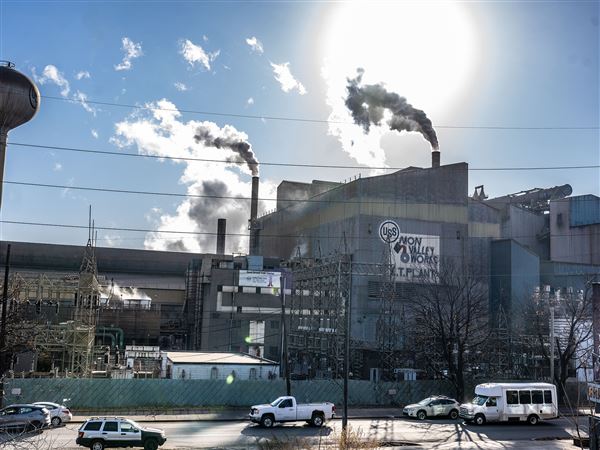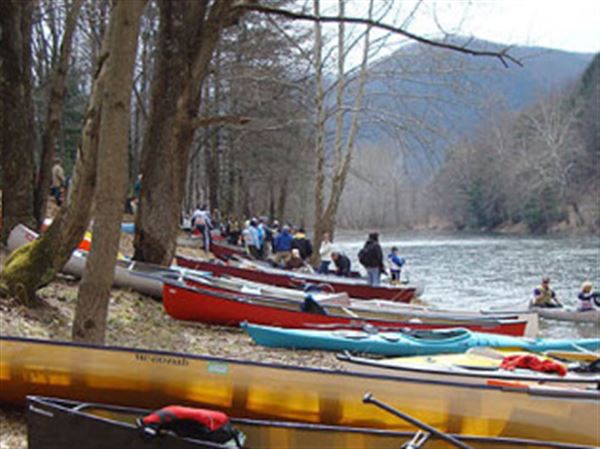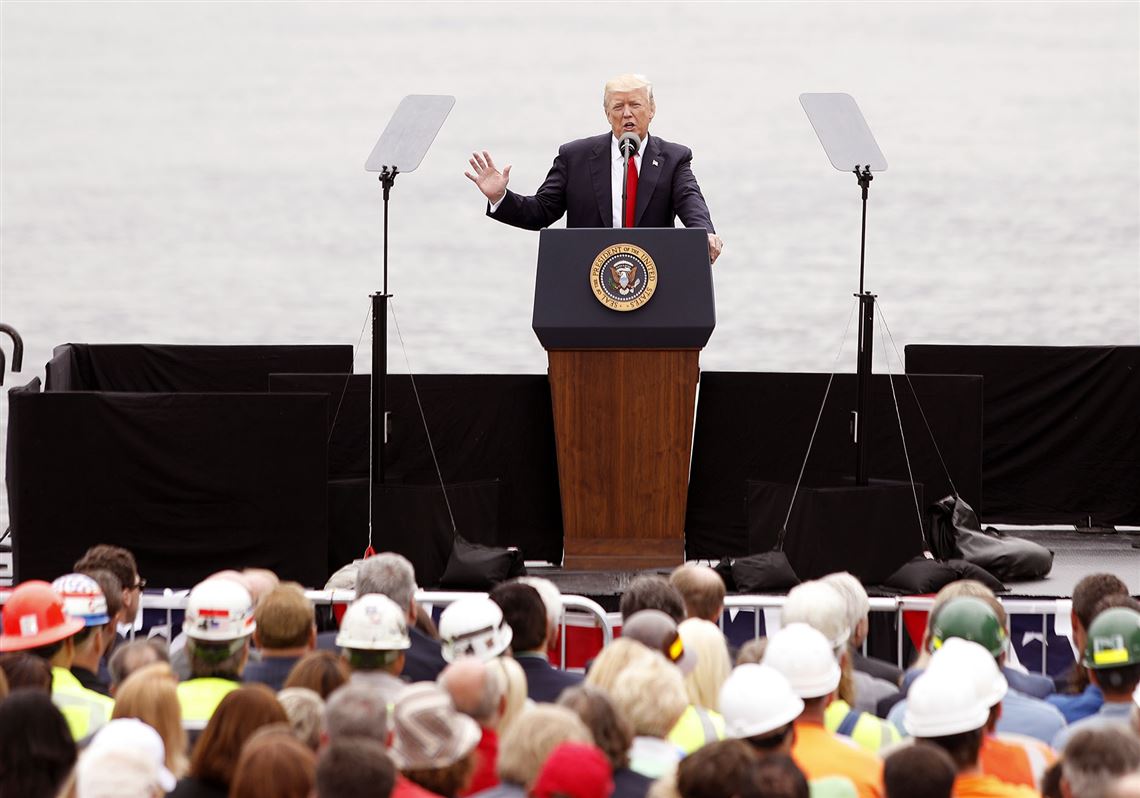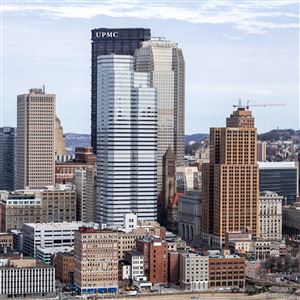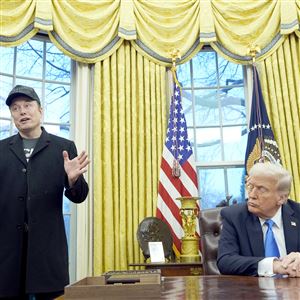President Donald Trump’s proposal to invest $1 trillion in infrastructure development, which he outlined Wednesday in Cincinnati, is welcome news. The importance of inland navigation was a prominent theme in his speech, delivered along the Ohio River, and those comments, in that setting, must give hope to those who have spent decades championing improvements to Pittsburgh-area locks and dams.
Waterway improvements would receive a portion of the $1 trillion to be spent on infrastructure of various kinds. Commercial river traffic and the Port of Pittsburgh Commission, among other advocates, will do their best to see that Pittsburgh’s rivers get their share. For example, an amount between $1.2 billion and $2.7 billion is believed to be needed to overhaul the locks and dams at Braddock, Charleroi and Elizabeth.
Those projects have been authorized but remain short of funding, receiving only $82 million this fiscal year. Mr. Trump’ s proposed 2017-18 spending plan for the Army Corps of Engineers would earmark no additional funds. Presumably, money would flow more steadily in future years under Mr. Trump’s infrastructure plan, to be set in motion with $200 billion in federal investments — such as tax credits — that would spur private investment and matching dollars from state and local governments.
Still, no one is happy at the prospect of funding drying up for 2017-18. Democratic Sen. Bob Casey Jr. was quick to criticize Mr. Trump for talking up infrastructure while allowing important work to stall even for a year, yet Mary Ann Bucci, executive director of the Port of Pittsburgh Commission, is not panicking. She noted that Congress can include money for the Mon work as the federal budget process continues to unfold.
How important are the region’s rivers economically? In December, the Southwestern Pennsylvania Commission released a study estimating that by 2040, 18 percent of the 10-county region’s freight will be moved by river. That would be up 1 percent over 2011, even though the amount of coal shipped by various methods is expected to decline by 2040. The SPC report described coal as “the largest commodity hauled on the Monongahela River,” where the oldest lock and dam, at Elizabeth, was completed in 1907.
The SPC noted the urgent need for upgrading locks and dams on the Allegheny and Ohio, too. Some of that work, like that on the Mon, has been authorized but not funded.
While it isn’t clear why Mr. Trump failed to include Mon infrastructure funding in the corps’ 2017-18 budget, his speech Wednesday signaled an understanding of how important working locks and dams are to the economy. Referencing a lock malfunction near Wellsville, Ohio, that held up traffic on the Ohio last year, Mr. Trump said, “we simply cannot tolerate a five-day shutdown on a major thoroughfare for American coal, American oil and American steel.”
Ms. Bucci said the Port of Commission will help keep inland navigation on the public’s radar with a series of radio ads to debut next week.
One ad will stress recreational boating safety, while another will remind boaters to be on the lookout for the commercial barges that are “large and in charge” on the rivers.
Since at least the early 19th century, when the Monongahela Navigation Co. was chartered and stock sold to finance improvements, residents and commercial interests have pushed for a more navigable Mon. That advocacy must continue until locks and dams are brought up to date, perhaps through Mr. Trump’s infrastructure plan.
First Published: June 9, 2017, 4:00 a.m.

